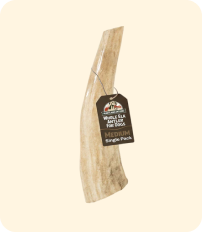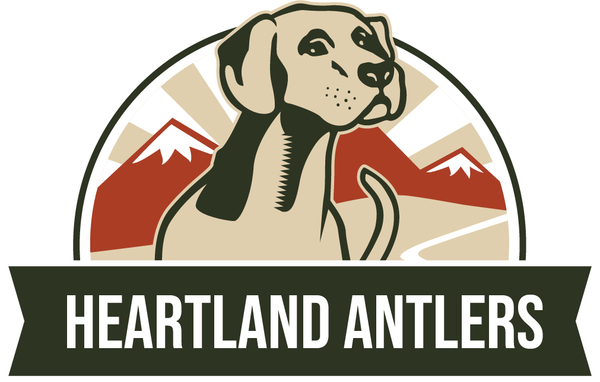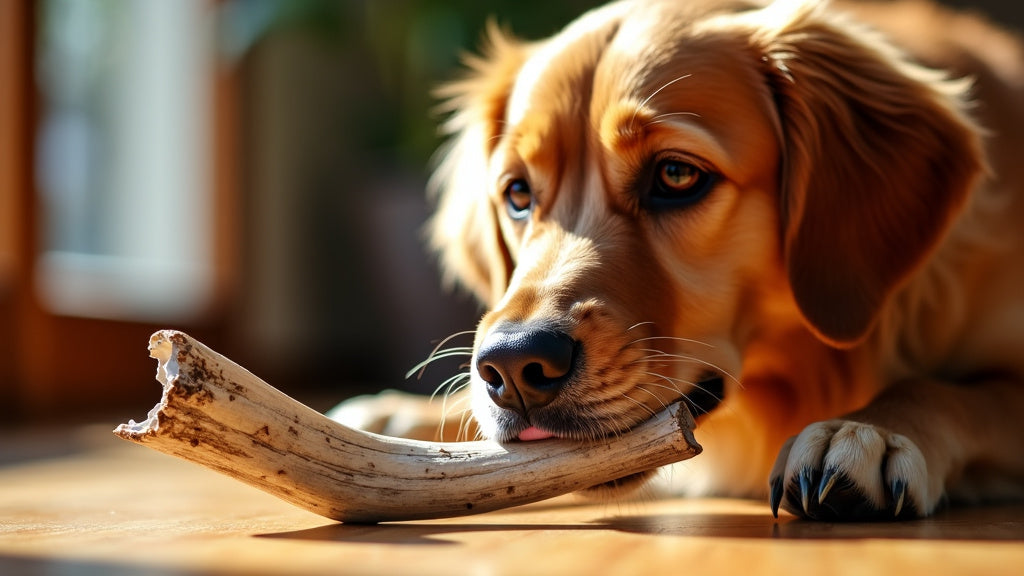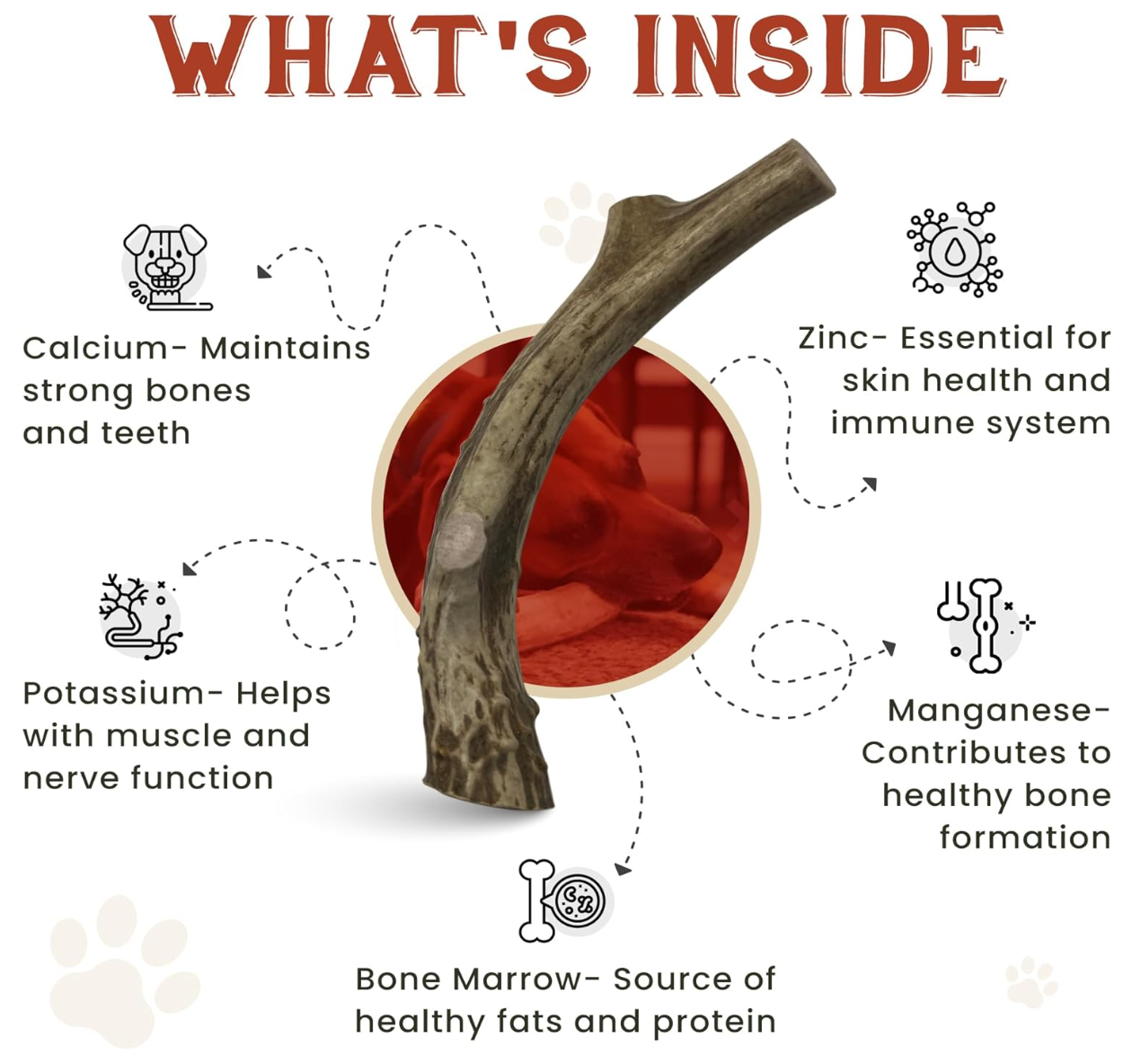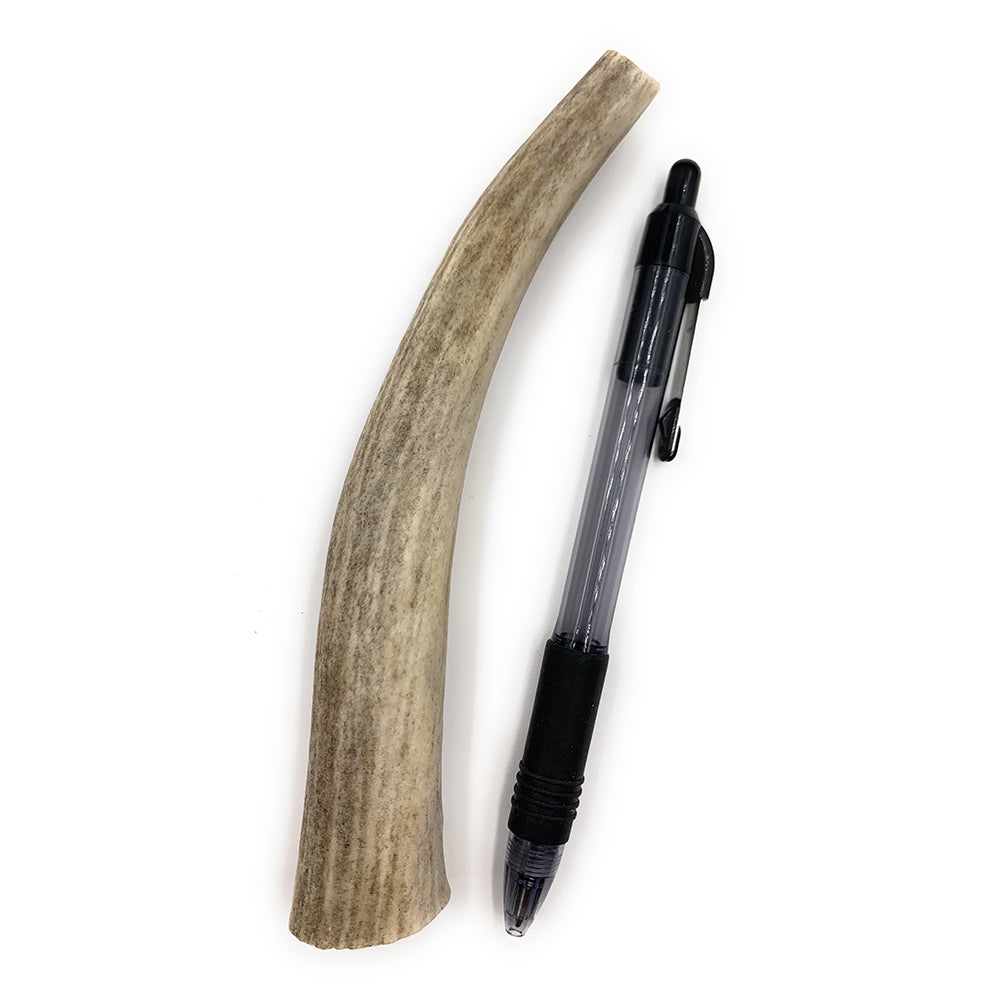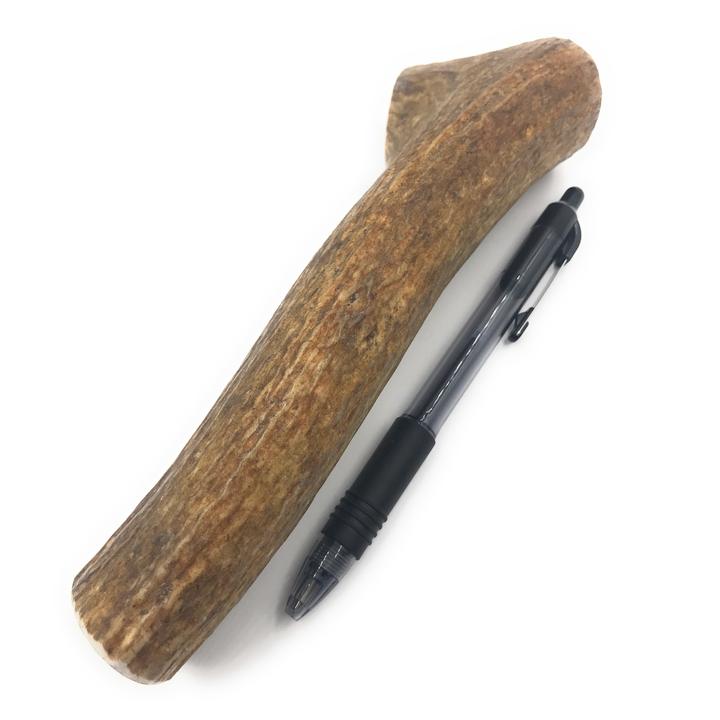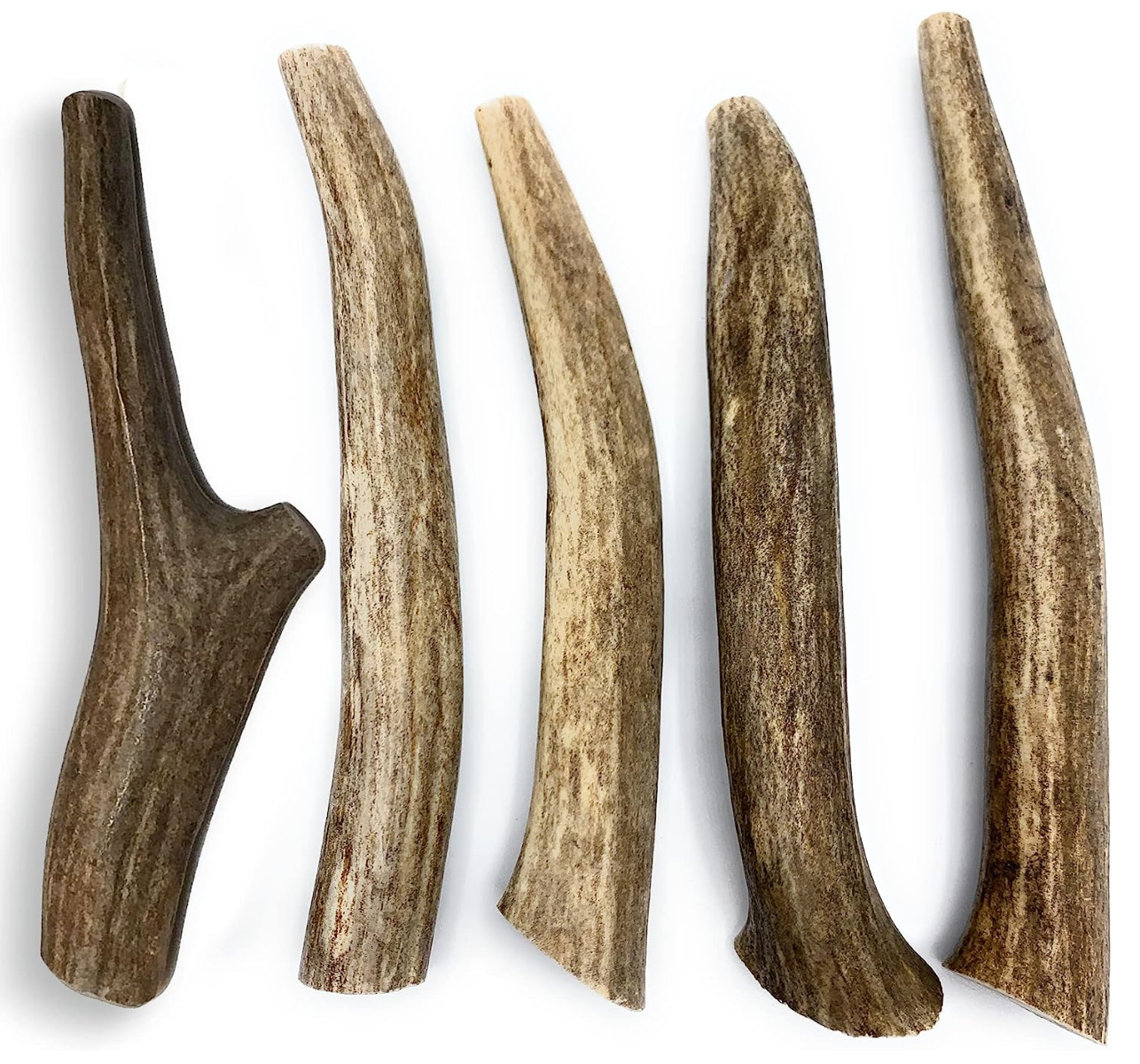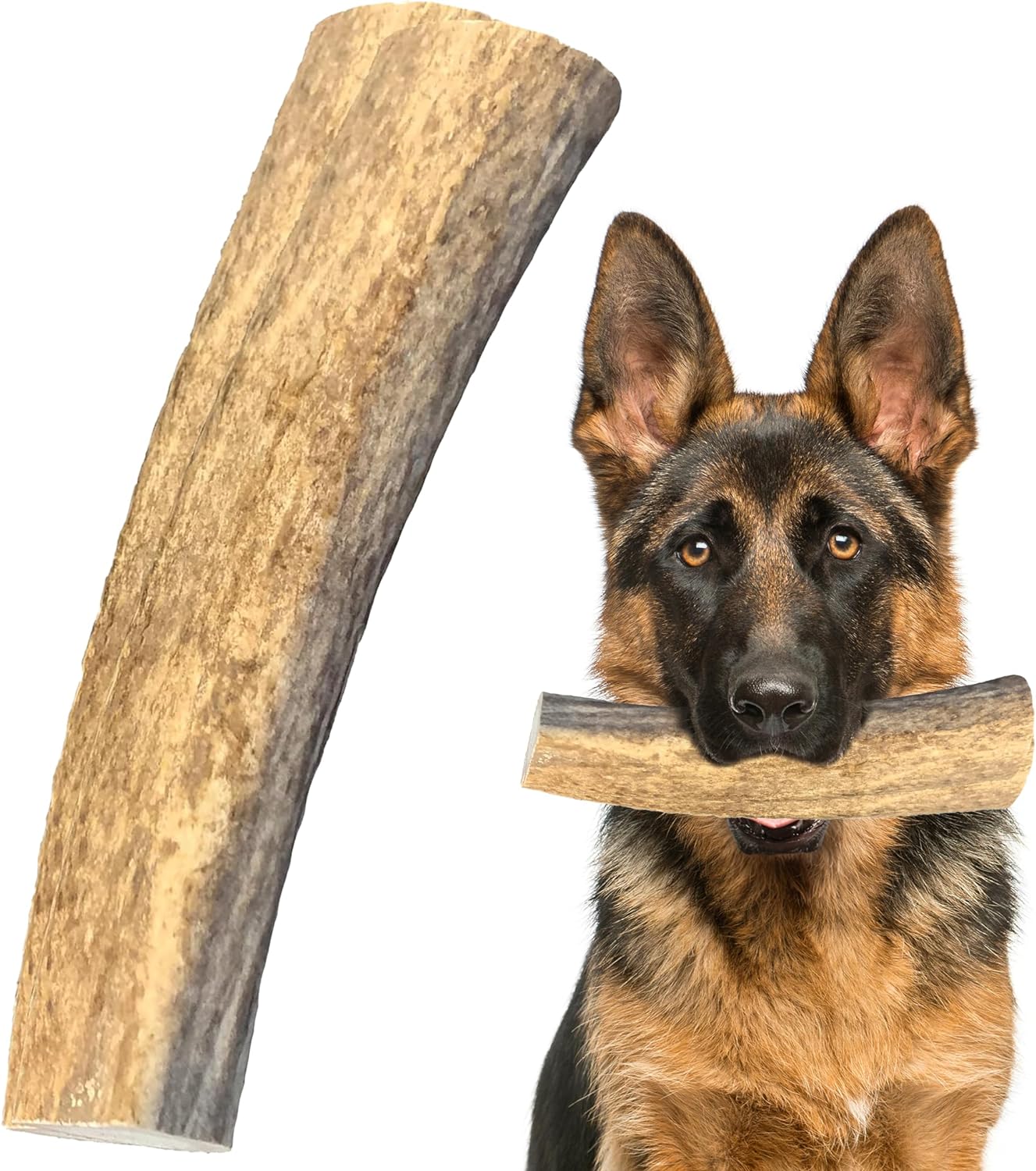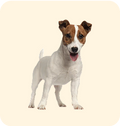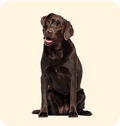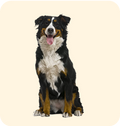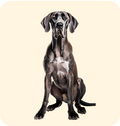Antlers are popular chew toys for dogs. They offer long-lasting entertainment and potential dental benefits. But it's important to know how to use them safely. Let's explore how to make antler chewing safe and fun for your dog.
Key Takeaways for Safe Antler Chewing
- Choose the right size and type of antler for your dog
- Always supervise your dog when chewing antlers
- Inspect antlers regularly for wear and damage
- Replace antlers when they become too small or worn
- Consult your vet if you have concerns about antler chewing
1. Understanding Antlers as Dog Chews
Antlers come from deer, elk, and moose. They're full of minerals and can keep dogs busy for hours. Deer antlers are really common because they're easy to find and pretty hard. These natural chews have calcium, phosphorus, and other minerals that can be good for your dog's health.
Antlers are different from horns. Male deer (except reindeer) shed their antlers every year and grow new ones. This means we can collect antlers without hurting any animals.
2. Benefits of Antler Chews for Dogs
Chewing on antlers can help clean your dog's teeth by removing plaque and tartar. They also give your dog minerals like calcium and phosphorus, which are good for strong bones and teeth. Plus, antlers can keep your dog busy for a long time, which might stop them from chewing on things they shouldn't.
But remember, antlers are very hard. This means they could damage some dogs' teeth, especially if your dog has weak teeth or chews really hard.
3. Choosing the Right Antler for Your Dog
It's important to pick the right size and type of antler for your dog. Choose an antler that's a bit bigger than your dog's mouth so they can't swallow it. Think about how big your dog is, how old they are, and how they like to chew. For example, a big adult dog might like a whole elk antler, but a small dog or puppy might do better with a split deer antler.
For smaller dogs or puppies, split antlers might be better because they're softer inside. Bigger dogs might like whole antlers because they're harder to chew.
4. Supervision: The Key to Safe Antler Chewing
Always watch your dog when they're chewing an antler. This way, you can stop them if they start chewing too hard or if the antler starts to break. Look out for any signs that your dog is uncomfortable, like pawing at their mouth or drooling a lot.
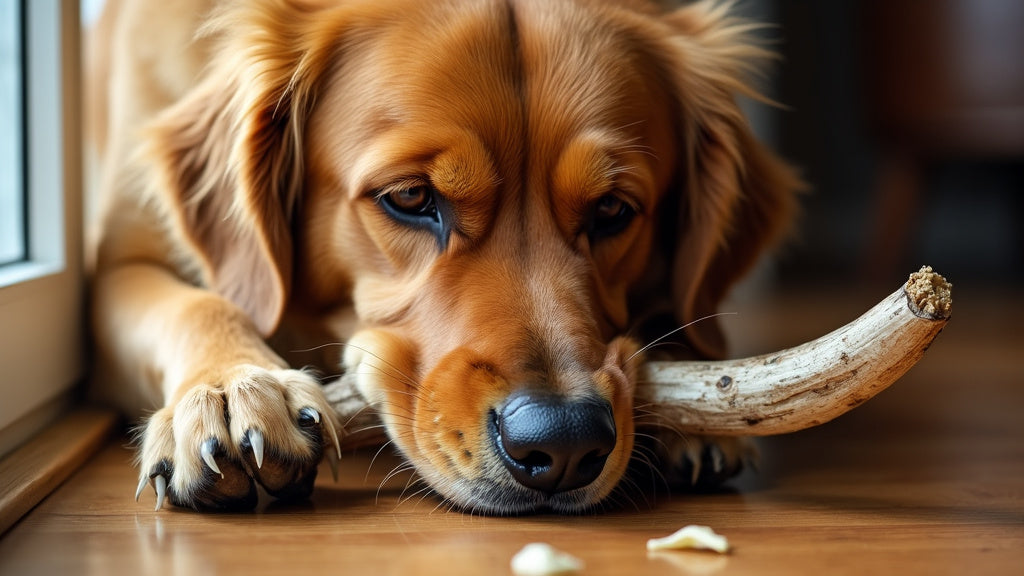
Take the antler away if it gets small enough for your dog to swallow or if it gets sharp edges. It's better to get a new antler than to have to take your dog to the vet for an emergency.
5. Potential Risks and How to Avoid Them
Antlers are usually safe, but they can sometimes cause problems like broken teeth or stomach blockages if swallowed. To make them safer:
- Pick antlers that aren't too hard for your dog
- Check the antler often for damage
- Take the antler away if it gets too small
- Try softer chews if your dog chews too hard or has teeth problems
- Keep an eye on your dog's teeth and talk to your vet if you notice any changes
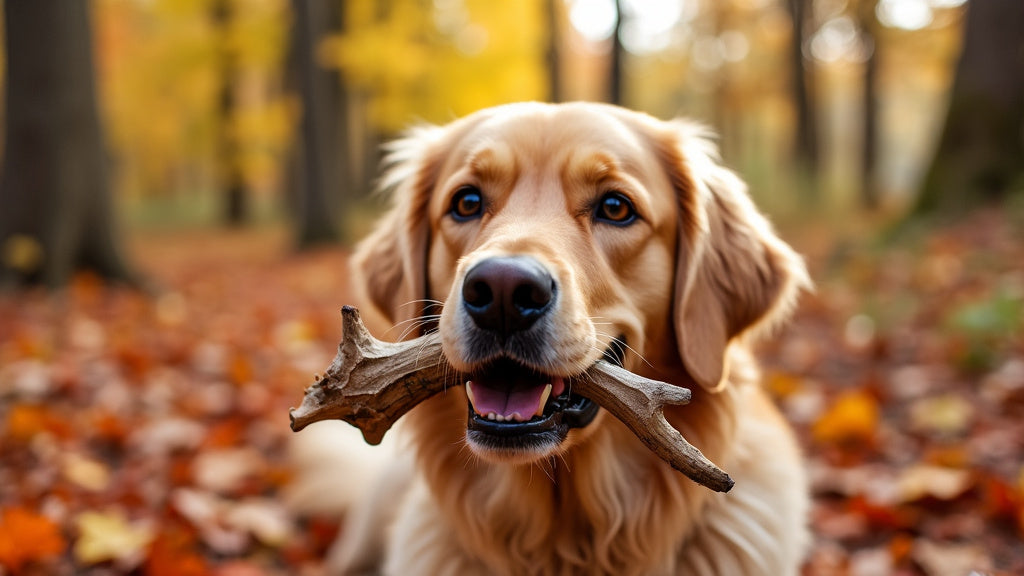
6. Introducing Antlers to Your Dog
When you first give your dog an antler, let them chew it for short times while you watch. This helps you see if they like it and how they chew it. Some dogs might need help getting interested, while others might love antlers right away.
You can make antlers more interesting by wetting them a little or putting a bit of peanut butter on them (make sure it doesn't have xylitol). Always buy good quality antlers from trustworthy places to make sure they're safe.
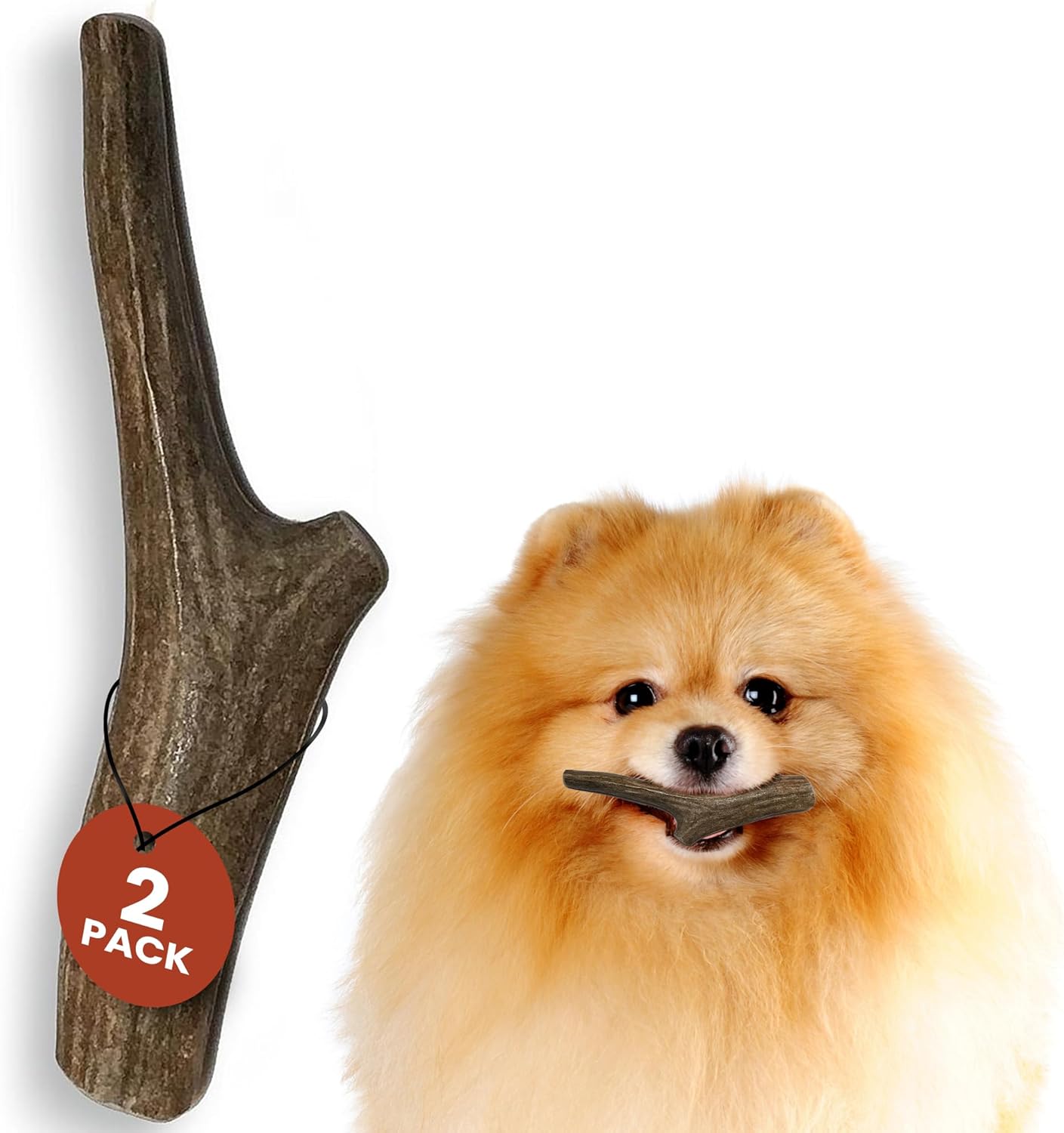
7. Keeping Antlers Clean and Safe
To keep antlers clean, wash them with warm water. Don't use soap because it might make your dog's tummy upset. Check the antler before you give it to your dog each time, looking for any damage or sharp bits.
Get a new antler when the old one gets small enough to fit in your dog's mouth or if it gets sharp edges. Usually, you should replace antlers every few months, but it depends on how much your dog chews.
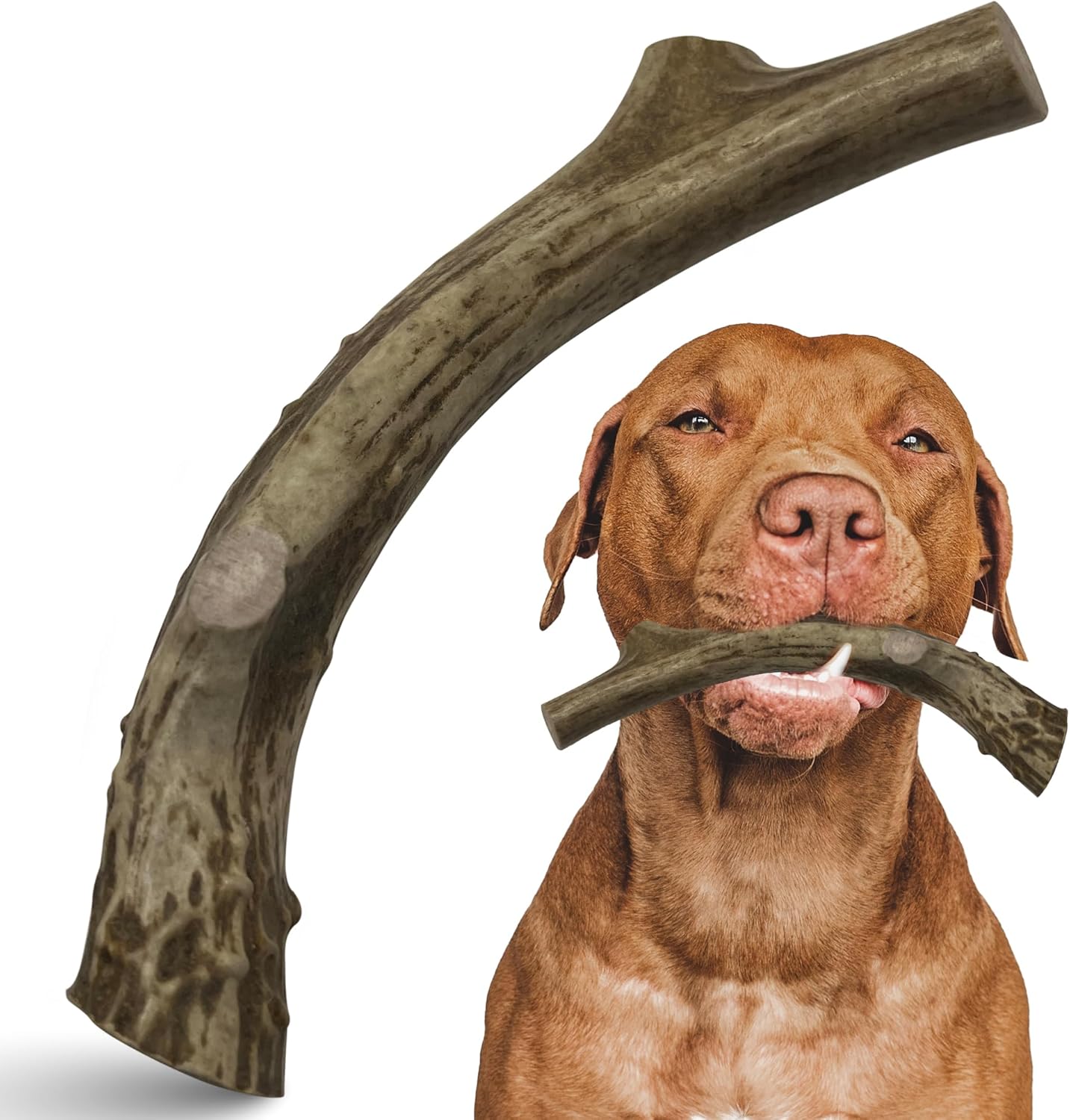
8. Antlers for Different Dogs
Different dogs need different types of antlers:
- Puppies: Be careful and maybe use softer chews until they get their adult teeth.
- Small dogs: Use small, split antlers that are easier to chew.
- Big dogs: Use whole, bigger antlers that can handle more chewing.
- Older dogs: Try softer antlers or other chews if they have teeth problems.
Remember, every dog is different. What works for one dog might not work for another. Always pick antlers that are right for your dog, thinking about how big they are, how old they are, and how they like to chew.
9. Other Things Your Dog Can Chew
If you're not sure about antlers or your dog doesn't like them, you can try:
- Rubber chew toys: These are tough and safe for most dogs.
- Dental chews: These clean teeth and make breath fresher.
- Split antlers: These are softer than whole antlers and might be safer for some dogs.
- Bully sticks: These are natural chews that are softer than antlers but still last a long time.
Split elk antlers can be a good choice. They're softer inside, which makes them easier for some dogs to chew.

10. When to Talk to Your Vet
Antlers are great for many dogs, but not for all of them. Talk to your vet if:
- Your dog has had teeth problems before
- Your dog starts chewing differently or doesn't want to eat after using antlers
- Your dog gets sick after chewing antlers
- You're not sure if antlers are right for your dog
- Your dog has had problems with hard chews before or tends to swallow big pieces

Your vet can give you advice that's just right for your dog. They might suggest other things to chew or ways to make antler chewing safer for your dog.
Conclusion
Antlers can be safe and fun for many dogs if you use them carefully. Choose the right size and type of antler, watch your dog while they chew, and replace antlers when needed. Remember, every dog is different, so what's good for one dog might not be good for another. Always think about your dog's safety first and talk to your vet if you're worried about using antlers. If you use them right, antlers can be a great natural chew that helps keep your dog's teeth clean and keeps them busy.

